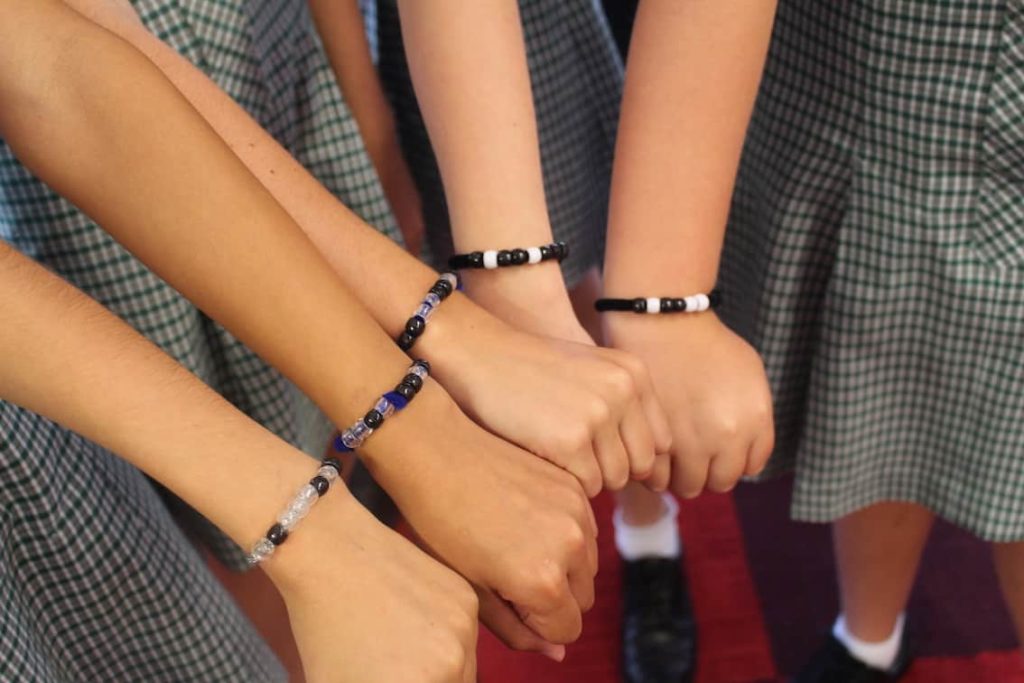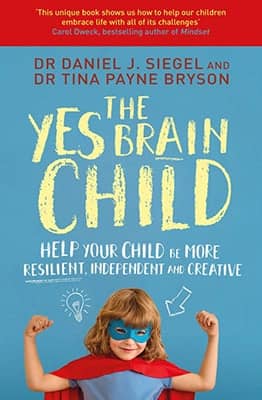 We all know that computers are in some ways extremely complex and can do many wonderful things, but there is one thing that computers can’t do – count. Well, not in the way we humans understand it. Today our Year 7 students were introduced to the world of Binary.
We all know that computers are in some ways extremely complex and can do many wonderful things, but there is one thing that computers can’t do – count. Well, not in the way we humans understand it. Today our Year 7 students were introduced to the world of Binary.
Our Creative Media and Games & Animation classes combined forces, where students were introduced to binary with what we call an ‘unplugged’ activity. This is where no computers are used to learn a concept and the students can get hands-on in creating pretty bracelets.
Starting with a review of the human counting system (base-10), we introduced the computers counting system (base-2 or binary). Our base-10 system has ten digits and the binary system has only two digits; 1 and 0. That’s because computers can only understand two states, namely on (1) and off (0). These digits are called ‘bits’ and because a computer can process billions and billions of these bits in 1 second they are very good at stringing them together to mean something.
To help students understand this concept and to help bring it to life, students created a simple eight beaded bracelet of their first initial. The beads are black & white, which clearly help represent the on & off state that a computer understands.
After completion of this and a few other binary lessons students will learn to understand:
- how a computer communicates and computes data,
- all data, including text & images, can be reduced to a simple format comprised of only two digits
The knowledge and skills gained from learning about digital systems and data representation develop their computational thinking such as decomposing problems and prototyping, and engaging students with a wider range of information systems as they broaden their experiences and involvement in many activities.
Student Lisinda Johnston said, “In our Creative Media class with Mr Thomas, we are learning about Binary. It’s interesting to learn how computers communicate through ones and zeroes. I didn’t even know computers talked to each other, it’s a whole secret language!”









